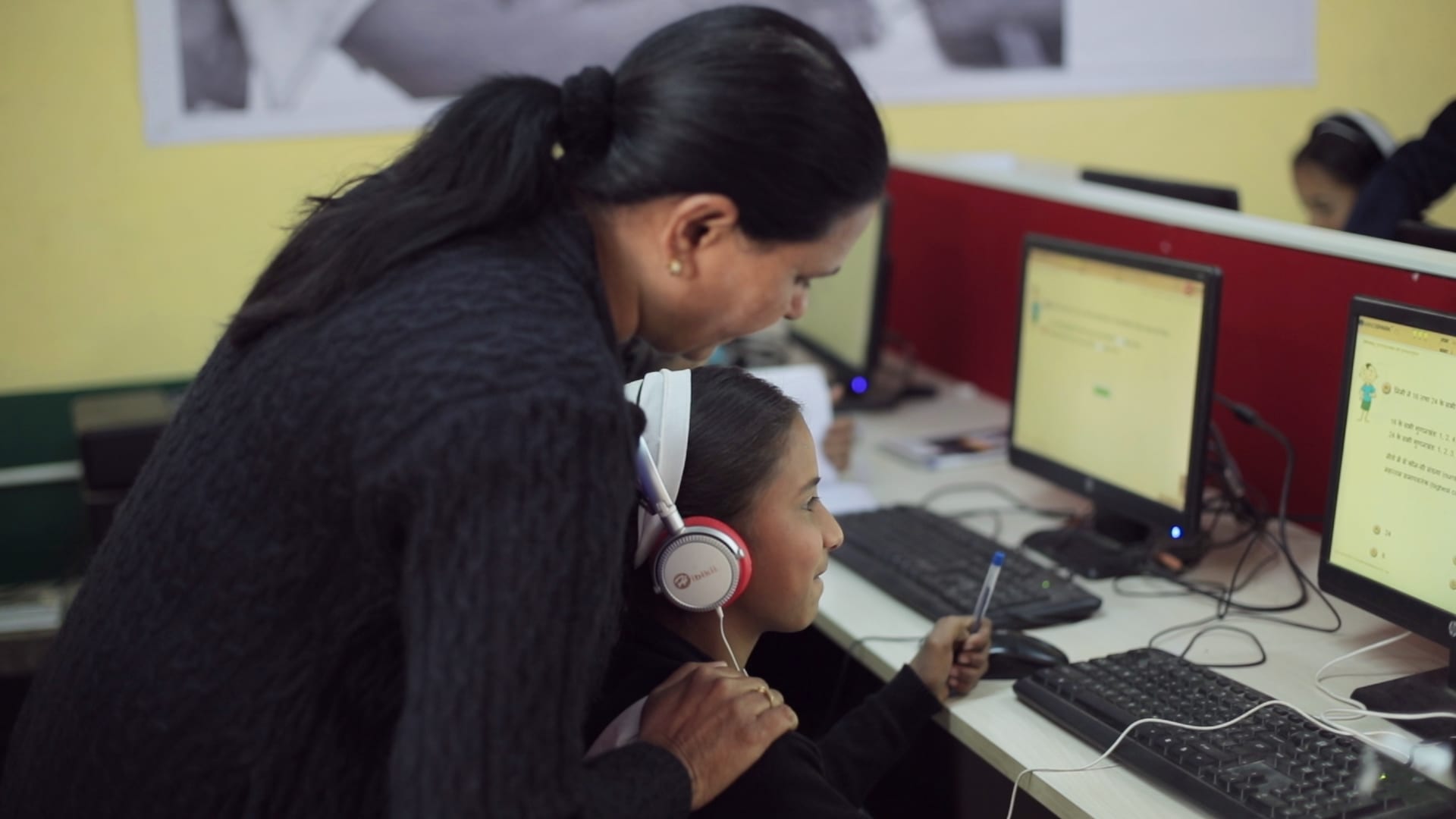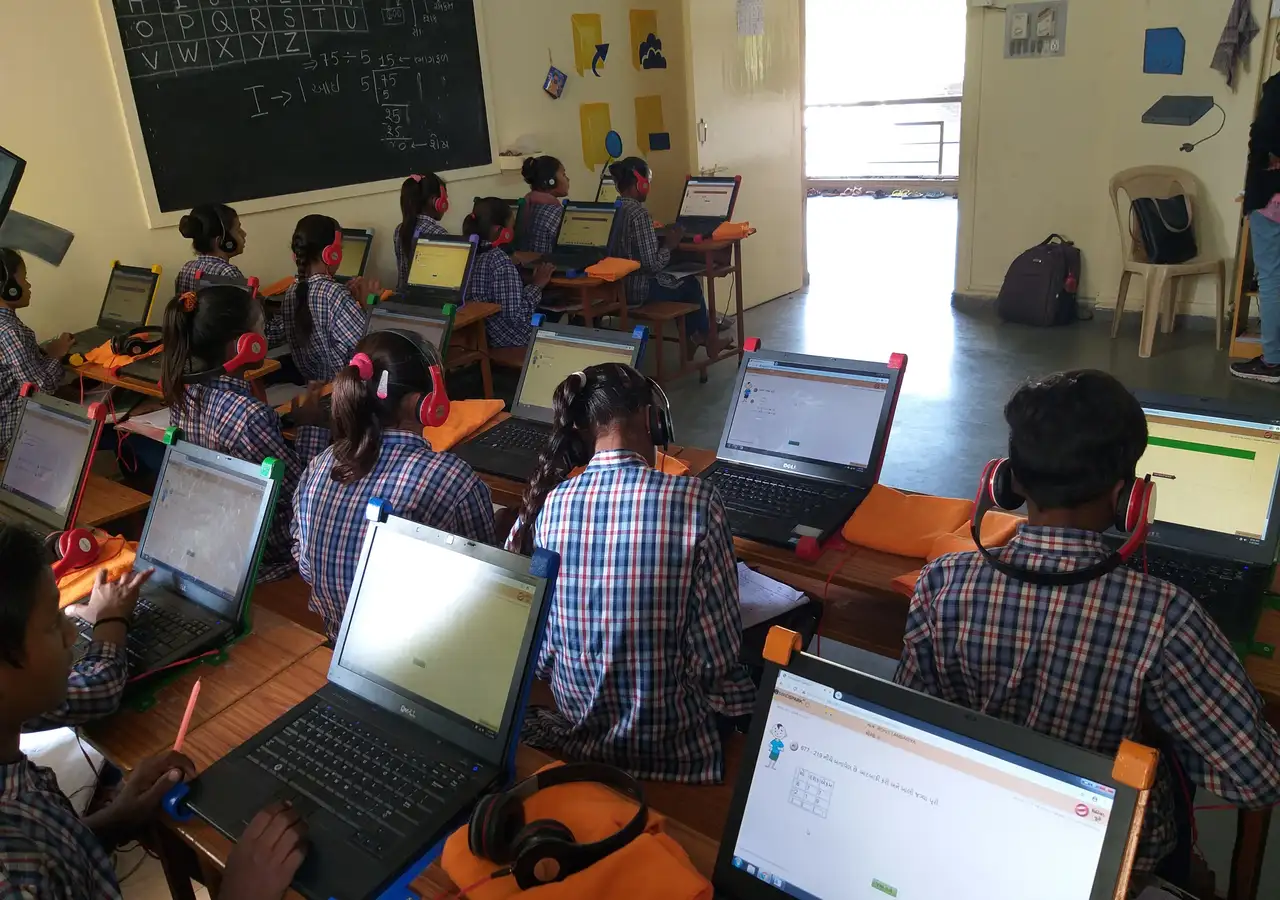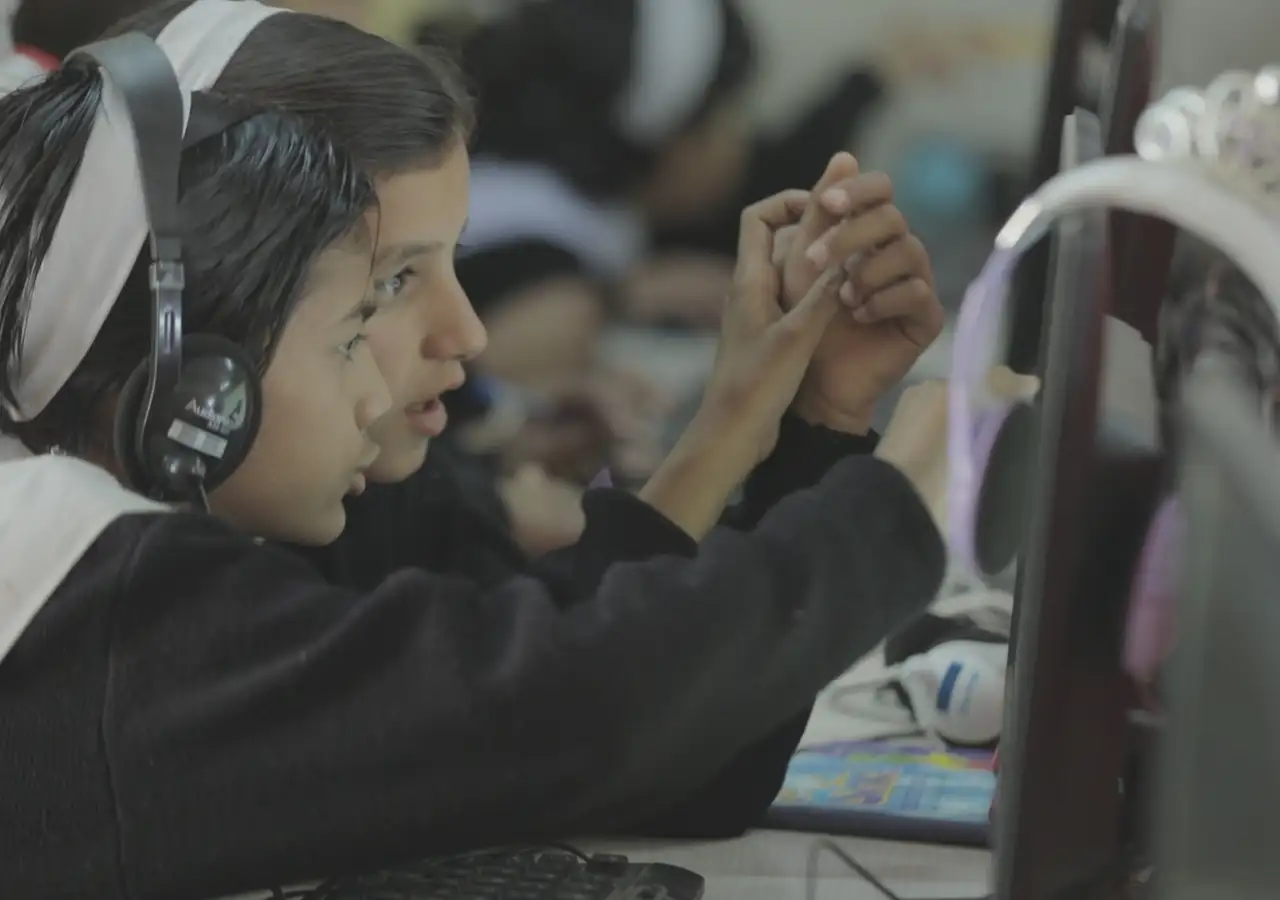Educational Initiatives

Location
India
Sector
Education
Type of Investment
Grant
Project Stage
Test & Transition
Length of Investment
2017-2022
Website
Investment Overview
Mindspark is a personalised adaptive learning tool developed by Mindspark and proven to drastically improve maths and language scores. GIF investment supported Educational Initiatives to establish scalable operating models to integrate Mindspark with government schools.
The Development Challenge
Developing countries have made significant progress in improving school enrolment and completion yet, learning outcomes remain low. In India, over 60% of children aged 6-14 cannot read at the second-grade level, despite primary school enrollment rates standing at over 95% and substantial increases in education spending. Personalised teaching can help low-achieving students to catch up. However, it is extremely challenging for teachers to tailor learning to each individual child. Often, the most that teachers can do is assess students' performance and provide different activities to different groups of students.

The Innovation
Educational Initiatives adaptive learning software, Mindspark, delivers personalised instruction to students in a regular classroom setting. Mindspark benchmarks the learning level of every student and customises material to accurately match the level and rate of progress made by each individual student. It identifies patterns of errors, and provides targeted content to overcome learning obstacles that may be difficult for teachers to address with each individual student. It can be delivered in a variety of settings, and may be deployed through computers, tablets, or smartphones. It also functions both online and offline. Prior to GIF’s investment a randomised evaluation found large and cost-effective gains in test scores for students using the vernacular Hindi version of Mindspark in after-school centres. Students using Mindspark saw a two-fold improvement in learning in Mathematics, as well as a 2.5-fold improvement in Hindi (language) when compared to control group learning levels.

Our Investment
In August 2017, GIF gave a $2.3 million grant to Educational Initiatives to explore how Mindspark can be used effectively in government schools during the school time-table with school teachers. GIF funding is enabling the roll-out of Mindspark in 40 government schools in the northern Indian province of Rajasthan with the goal of improving the learning outcomes of 6,500 children studying in grades 1-8. GIF investment also supported the development of a Science of Learning Library to document the most common misconceptions learners make and the can be most effectively correctly, informed by data from the Minspark platform.

Progress to date
Educational Initiatives successfully integrated Mindspark within 40 government schools in Rajasthan and observed regular usage (approximately 1 hour per day) across more than 6,000 students. A randomised evaluation found that this contributed to significantly improved learning outcomes in these settings. The grant helped support the development of several public goods documenting processes including a process handbook to scale edtech interventions and a DIY toolkit for edtech providers and the prototype Science Of Learning Library, which was tested in partnership with the State of Gujarat. This work has contributed to a rapid growth in uptake of personalised adaptive learning solutions. Minspark is now working with more than 5,000 schools across 17 states reaching more than 600,000 students, and several states have initiated large scale procurements to deploy PAL solutions in government schools following changes to procurement guidelines informed by this project.

Educational Initiatives in numbers
Students using Mindspark in government schools by the end of GIF's investment period
Learning gains from consistent Mindspark usage in schools is equivalent to roughly ⅔ of a year of schooling on average